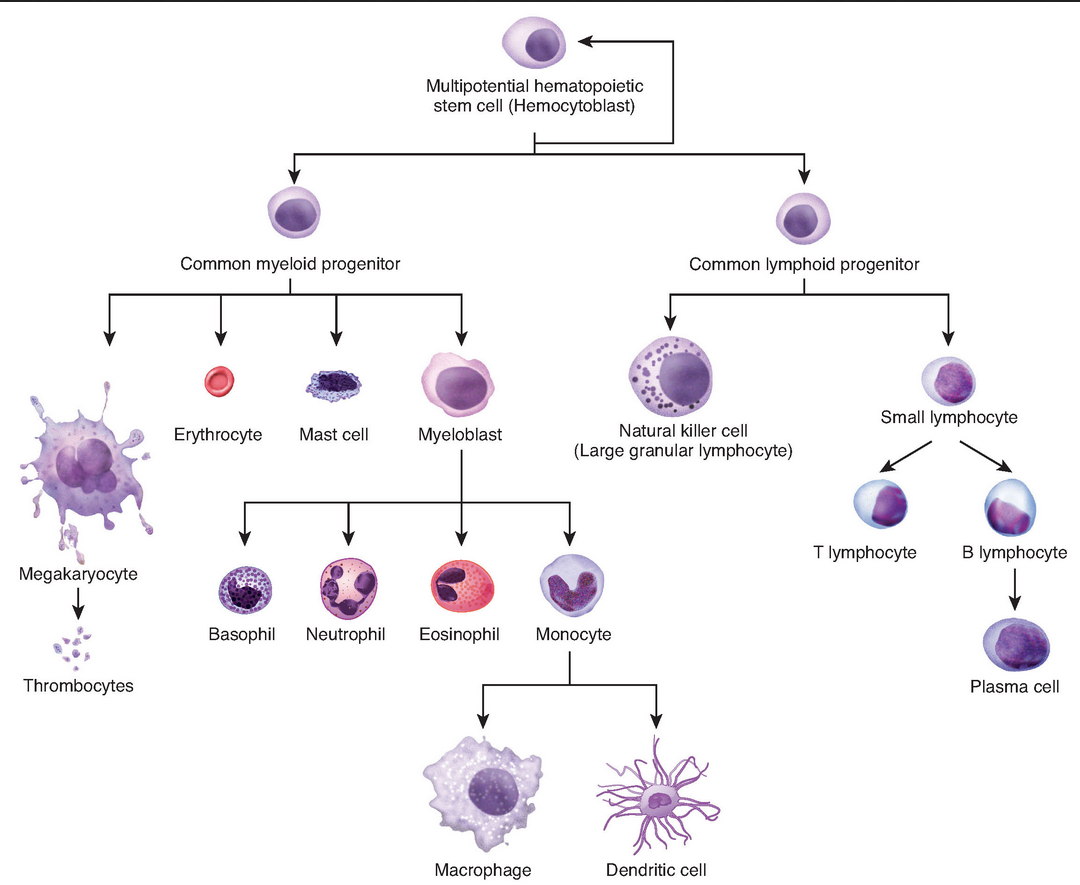

You’re a reactant in the internets catabolic reactions used to power it’s anabolic reactions?! I mean, I hope you’re okay, but at least the internet is moving to renewables!
Disease usually results from inconclusive negotiations for symbiosis, an overstepping of the line by one side or the other, a biological misinterpretation of the borders.
— Lewis Thomas


You’re a reactant in the internets catabolic reactions used to power it’s anabolic reactions?! I mean, I hope you’re okay, but at least the internet is moving to renewables!
New Zealand would be a fun place to relocate. While it does suck they’re part of the 5 eyes as their government loves snuggling up to the US, the life outlook of the citizens is admirable. The money someone has or doesn’t have isn’t a consideration regarding how someone is viewed. A millionaire and a home-free individual are seen similarly when first met thanks to this mindset. Both mountain towns and island towns have a laid back approach to each day, which would be a nice change of pace. New Zealand is also both, as it’s an island with a couple huge mountains. Snowboarding and surfing are a ton of fun, especially when the travel time is minimal. So ya, New Zealand would be a solid choice in my book!!


As someone who works in academia and has researched STEM education, wanting to do this is despicable! You have a quarter million dollars saved, yet you want money intended for low-income students. Like, what the actual hell?! I hope you attempt this and get caught, ideally they’ll then fine you $250K and ensure you’re unable to ever receive any financial aid. Screw you and you’re comfortably committing fraud which will impact those who actually need the funding!


Marburg virus is no joke!! Fatality rate upwards of 88% due to it causing hemorrhagic fever. While monkey pox is no joke, I’d be exponentially more terrified if I had a Marburg virus infection.


It depends on your moral stance about working with the cops in this fashion. In many circles, becoming a CI will get you immediately ostracized and could lead to being physically assaulted. Alternatively you could tell the judge about your financial situation and hopefully work it off via community service. Also, fines can often be reduced by providing documentation demonstrating your income meets specific conditions. But to each their own, I mean based on your citation, what CI work would they have you do? I’ve only ever heard about CI’s in the drug world.


You didn’t read the webpage, ah? While the site can pair folks up as an absolute last resort, this was designed for people to make the pact with a family member or friend. But if a person has no one whose word they can trust, the site is an option, yet the pact wasn’t exactly intended for them. But for everyone else, it’s a valid and amazing idea providing a breath of fresh air.
Third parties struggle to get on most ballots, as we’ve seen time and time again this year. Without being on enough ballots, they aren’t given time on the debate stage. Meaning they struggle to reach enough voters through alternative outlets to have any chance of making changes in this dire bipartisan landscape.


Removed by mod


Here’s an archived link: https://archive.ph/YpwQT


Eyedea & Abilities always came with some of the best and most creative hip-hop. Their entire album E & A is next level with all the aspects you referenced. I love track #2, Now: https://www.youtube.com/watch?v=uZVkW-HtSgA&t=9


Virulence is defined as causing damage to the host. If the virus kills everyone in that small proximity, the virus will no longer be able to reproduce or spread, plain and simple.
Viruses are super crafty in obtaining their limited number of proteins from the host. However, some viruses bring enzymes with them to get the job done without much help from the host. These are typically larger RNA viruses. Influenza is in this group, but it still steals the 5’ cap from the host. This happens without miss as it’s able to interact with the host RNA polymerase undetected and then this cap makes it so the influenza RNA appears to be host RNA.
The 1918 influenza was so deadly as it had just jumped to a new host, humans. The same exact influenza responsible for the 1918 pandemic has relatives still in circulation. It’s not in circulation as the less virulent versions were more successful. This explicitly demonstrates the preference to be less virulent.
If a virus doesn’t need many proteins from the host, it’s able to reproduce much more quickly than one dependant on more host resources. The more resources it needs, the increased ability of the immune system to prevent it’s reproduction. So in many situations, a lower requirement for host resources can make it more successful. Regardless, it can be very dependent on host resources, like many DNA viruses, and still not be very virulent. A great example of this is Hepatitis D. Virology is a fascinating field and it’s highly intricate as a virus is more like it’s host than any other viruses. There’s not a lot of commonality between different viruses and their reproduction cycles. So viruses in the same family are compared, and the 1918 becoming less virulent shows there’s a preference for becoming less virulent over time.


Then why does bird flu have more invasive symptoms and a higher mortality rate compared to human influenza’s? I was taught by a virologist who’s been around the block many times and got her PhD in the USSR. She was adamant that a parasite never wants to kill it’s host, as this results in no longer being able to reproduce in the host and shortens it’s reproduction time in future host.
Most viral offspring are not capable of infection, as without mutations, viruses would not be able to reproduce effectively and could not adapt to changing environments. To disprove a hypothesis simply means one aspect of the statement is incorrect. So while the cause and effect occurs, the explanation for why wasn’t dialed. Or at least, this would be my guess for how it could have been disproven.


We’ve known since at least March that about 10 human cases of this new bird flu would allow the virus to mutate and adapt to humans. This is the 14th reported case in the states this year, and the first which could have been transmitted from human to human. We understood what was happening, yet have really done nothing to try to prevent it’s spread.
The mutation rate baked into Influenza’s reproduction cycle is much more elaborate than coronaviruses, and this isn’t exactly a bad thing. When a human catches bird flu from a bird, the mortality rates are pretty burly as this version of the virus attaches to the α2:3 receptor. While this receptor is found throughout the avian digestive and respiratory track, it’s only found in the lower lungs of humans. A lower lung infection will always be gnarlier than an upper respiratory infection. Human influenza viruses have a preference for the α2:6 receptor, which is found throughout our airway. This is the primary adaptation which occurs when influenza mutates to infect humans. But a virus is a parasite, so in their ideal world, they wouldn’t kill their host. Viruses often do the most damage when adapting to or having recently adapted to a new host. Hopefully, the mutation rate of influenza will result in a shorter pandemic compared to COVID if it ends up taking place.
“Shots fired, into the sky, are now returning, where the fuck will you hide?”
Rise Against — Rumors of My Demise Have Been Greatly Exaggerated


I mean, cellular/molecular biology is applied organic chemistry. It’s all chemical based in some way or another. I guess with T and B cell receptor formations, each receptor binding domain is made totally at random. So much so, they go through training to ensure they won’t attack self and are able to detect pathogen associated molecular patterns. Wildly, most T and B cells don’t pass training and get recycled, more or less.
So maybe, but you’re talking about the world on the cellular level, it’s all based on chemical reactions with environmental stimuli. To be alive requires responding to your environment, and chemistry is how that works at the microscopic level.


Immune cells form from stem cells. From start to finish in the stem cell differentiation process, four major changes occur. Some of these changes can have up to four potential outcomes each. Here’s a map:

While all cells react to their environment based on environmental stimuli and feedback loops, even bacteria and archaea, this is a great example of cell differentiation. All our cells started as stem cells, but the immune system’s continuous and consistent use of the process is very unique. It’s also the most elaborate and the image is surface level. Most the end cells pictured here will become more specific. Like there’s many different T-cells, even T-cells which change so much they don’t meet the classification of being a T-cell. The CD16 T-cell is a great example of this happening.
I feel like this is what you were looking for, but I’m not totally sure.


He’s truly phenomenal, basically the Harry Mack of spinning. Their set together is unreal!


Marc Rebillet and Thundercat had sets too, plus Hamilton Morris was going to give a lecture. The line up was pretty stacked overall and early bird tickets were $250, which isn’t unreasonable for a 3 day festival.
Yep! Insects can use their legs, mouthparts, as well as other specialized structures for grooming. In addition, some beetles actually use water to wash off dirt and contaminants. Other insects make and secret substances for cleaning. A common example of this is ants using formic acid as a disinfectant. Then, similar to monkeys, bugs like bees and ants conduct social grooming. This helps with the colonies overall health.


Could you simply change the file name once it’s downloaded? Maybe add the date or something similar to the end. This would prevent the issue in the ProtonMail app.
Sounds more like a parasite than a heterotropic organism. If you were in the GI tract, it’d be a heterotroph, which means you’d be a one time use. But since it’s consistently exposing you to situations where it’s the main beneficiary, seems like it’s parasitic and just taking you for all it can without much care for the repercussions.